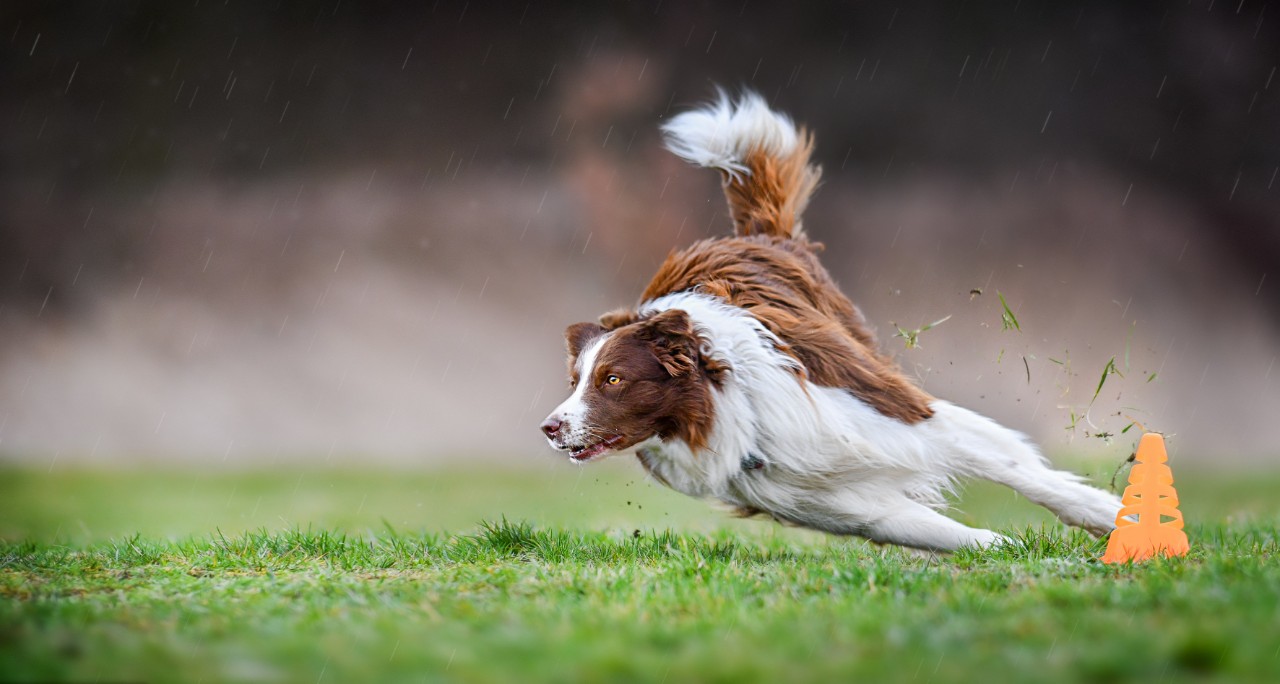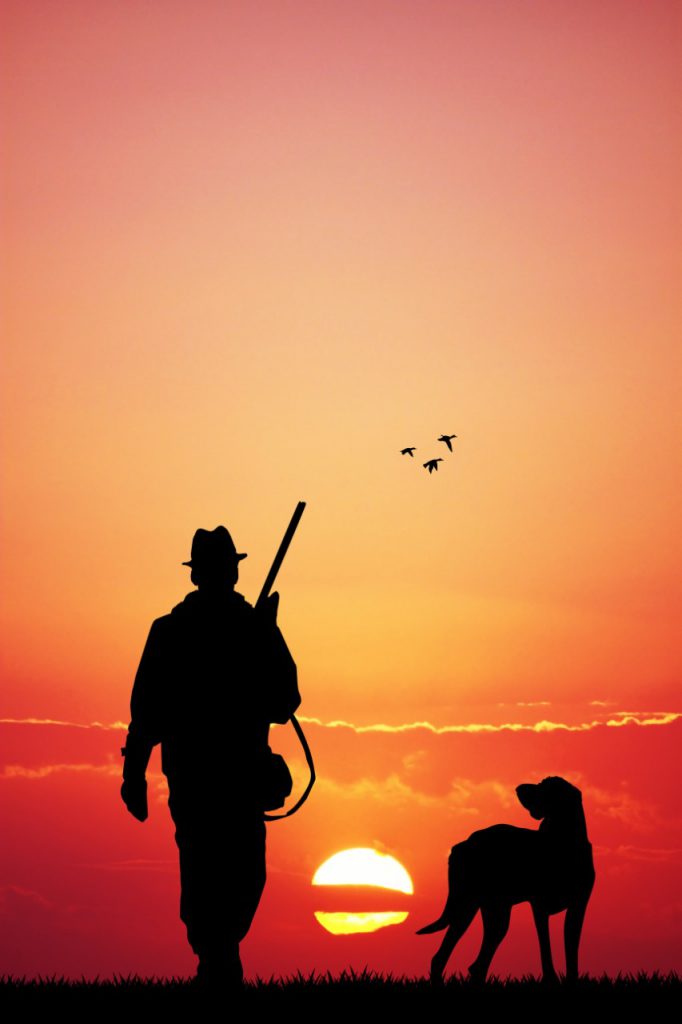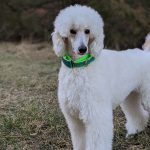
Balancing Act: Breeding for purpose, Placing with Purpose, Training for Purpose.
You know you are ready for your next canine companion, and you’ve decided you would like to get involved with a particular sport. What do you need to consider in order to become a successful team?
By Rebecca Letson: RCA Dogsports Endicott, NY.
We are so fortunate to have many opportunities for canine performance and companion sports for our dogs. When the sport, the training, and the temperament come together, it is a beautiful sight; both dog and handler perform with joy and their bond and relationship are solidified. When the sport, the temperament, and the training do not come together, the result is conflict and often frustration and disappointment, resulting in a harmed relationship between dog and handler. How do we make sure that the latter does not occur?
The first step is breeder/buyer education. When a potential buyer calls looking for a specific breed, breeders need to interview carefully to make certain their breed is right for the buyer. It’s no surprise that Border Collies dominate agility trials, Golden Retrievers dominate obedience, German Shepherd dogs dominate IGP (previously known as IPO, VPG or Schutzhund), and Labrador Retrievers dominate field trials. The list goes on. If every breeder is selecting for purpose-bred temperament, it will sometimes be necessary to inform potential buyers that their expectations for the breed simply do not meet its genetics and they should choose another breed more suitable for them. If indeed the breed’s historical purpose and the buyers sport choices are a good match then, step two begins.
When the sport, the training, and the temperament come together, it is a beautiful sight; both dog and handler perform with joy and their bond and relationship are solidified.

The next step for a successful performance match is proper structure for the job or sport. A dedicated performance home deserves the best of what a breeder has to offer in the structure of her puppies. This means the proper front assembly, rear assembly, head and neck set, length of back, and proportions for the expected job. Hey! This is starting to sound like the breed standard! Guess what? It is! The best built dogs in the litter will hold up to work and sport. No matter the desire, if the body is unable to match the drive and temperament, the dog will break down and goals and dreams will be replaced by countless trips to the sports medicine vet for treatment and rehabilitation.
The third step is to assess those puppies with the best structure to decide if indeed their temperament shows the instinct or learning ability for the task the buyer would like to compete in. If a breeder is not themselves experienced in performance, it is imperative to find a temperament tester who can test for the traits needed for the chosen sport. Does the dog naturally herd, point, honor, dig, chase prey, show natural focus towards humans, have natural proprioception over uneven terrain, swim, grip, and have the many other traits that are sport specific?
At this point the breeder has made sure that the purpose of the breed matches the buyer’s desires, has evaluated structure to make sure only the best built dogs are evaluated further, and has conducted instinct and temperament testing relevant to the chosen sport. The last ingredient belongs to the new owner and that is selection of a trainer.
When selecting a training school or club, do your research. Attend programs well before you get your puppy to see if the methods used promote the balance of drive, teach self control, sport specific skills, and respect the learning styles of different temperaments in the room. The puppies should be open to learning. The puppies in the class should not show signs of unfair suppression nor should they be acting in a hectic wild fashion lacking impulse control. Choose your training school well before you have even found your breeder. The best programs often have long waitlists. The best programs may not be immediately in your local area and may require travel to attend and should be planned for financially and time wise. The best programs are not necessarily the most costly; they simply are the programs that understand how to train dogs while respecting their temperament, purpose, and learning style.
The best programs are not necessarily the most costly; they simply are the programs that understand how to train dogs while respecting their temperament, purpose, and learning style.
If breeder, buyer, and trainer connect all the proper dots, then a dog and handler will bond. The resulting journey not only showcases the incredible genetics of a purpose-bred dog, but also promotes the breed, promotes the breeding program that went into creating that dog, and elevates the handler, breeder, and trainer to the status of “known.” Purebred dogs are at their best when they are purpose-bred dogs and the pride of producing, owning, and showcasing successful canines in sport and performance keep our breeds strong.
Thank you to Rebecca Letson for taking the time to outline what is needed for a successful dog and human team from the cradle to the training. Please look forward to more articles from RCAdogsports in the future!
 Previous Post
Previous Post Next Post
Next Post


